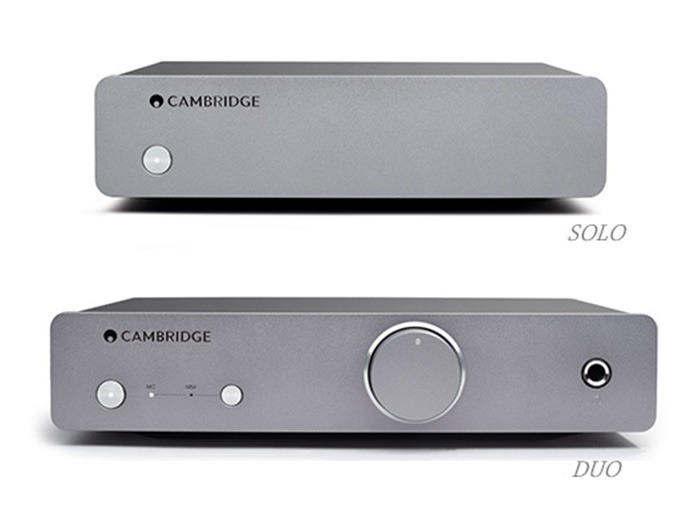Cambridge Audio Phono Preamplifiers – Solo & Duo Review and Test
Whether you remove dust from your record collection or have embraced analogy through massive vinyl hysteria, the needle drop in the first black groove is a unique experience. True record fans(including myself) says: “If you have never heard the reproduction of the top-of-the-range, well-adjusted turntable and the appropriate audio system, you never heard how music should sound.”
Vinyl lovers enjoy the return of the turntable but are also aware of the importance of phono preamplifier. So what is a preamplifier? Also known as a phono preamp or a preamplifier, the phono stage ensures the signal processing from the cartridge(turntable) to be suitable for connecting to the line input of the preamplifier/amplifier/receiver. While the record was the standard for sound carriers(until the beginning of the nineties of the last century), each preamp/amplifier/receiver had a built-in phono preset in which the turntable was connected directly. After the change of the audio format, the CD replaced records, and the preamplifier was no longer embedded into amplifiers/receivers or the phono circuits were replaced with the simplest circuits of inferior quality.
Today the turntable can not be directly plugged in the most amplifiers/receivers because line inputs do not have sufficient sensitivity.
Turntable cartridges have a very small output voltage that needs to be boosted several hundred times to be loud enough to connect to the line input. Any noise before or during passage through the phono level will be amplified to the same extent as the signal that carries the music information.
This means that the phono preamplifier must have as low noise as possible so the reproduced music is heard purely and naturally without additional information that is not on the record. An equally significant part of the cartridge signal processing is RIAA equalization required because the low tones are recorded very quietly and high tones are recorded very loudly (a procedure that ensures that the music can fit on the record in a certain duration).
That’s why Cambridge Audio took care of placing two preamplifiers on the market – SOLO basic MM and DUO, MM/MC preamplifier with advanced features.
Cambridge Audio – Solo MM Phono Preamplifier Review
Solo is just a basic MM preamplifier that uses the self-oscillating power supply and the elements are almost completely surface mounted (SMT) to ensure the shorter signal path. The design is simple, so it supports only MM cartridges, impedance setting and capacitance is not possible, it is predefined at 47 kΩ and 100 pF.
Disclaimer: If you purchase through links on our site, we may earn an affiliate commission. Read More
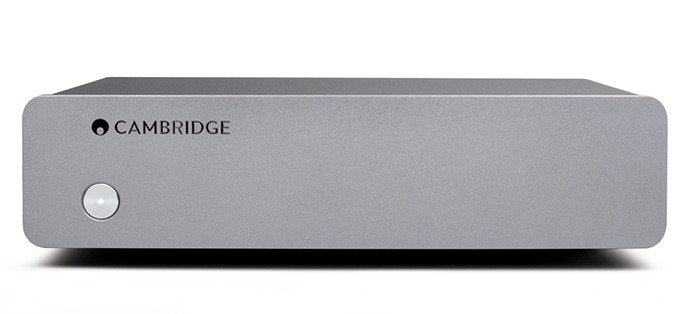
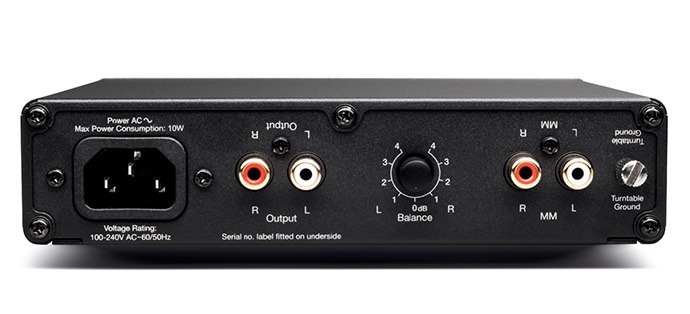

- ✓ DESIGNED FOR VINYL – Cambridge Audio’s Alva Solo is a dedicated...
- ✓ ATTENTION TO DETAIL – The Alva Duo's switch mode power supply and...
- ✓ SUBSONIC FILTER & BALANCE CONTROL – The Alva Solo will even work if...
- ✓ GREAT ADDITION TO ANY AMP – The Alva Solo is a perfect for your amp...
- ✓ TECH SPECS - MAX POWER CONSUMPTION 10W, GAIN @ 1KHZ 39dB, NOMINAL...
The only thing that can be adjusted is the balance (in case the channels do not have the same volume). Due to the possibility of rumble at the lowest frequencies (turntable drive, damaged records), the so-called “subsonic filter” is installed that eliminates all frequencies below 20 Hz. The accuracy of the RIAA curve is 0.65 dB through a frequency range of 30 Hz to 20 kHz, and the signal/noise ratio is excellent >90 dB. Channel listening is greater than 85dB at 10kHz. By sticking to Cambridge Audio’s “green” philosophy Solo goes automatically in standby mode after twenty minutes of no use when consumption falls below 0.5 W.
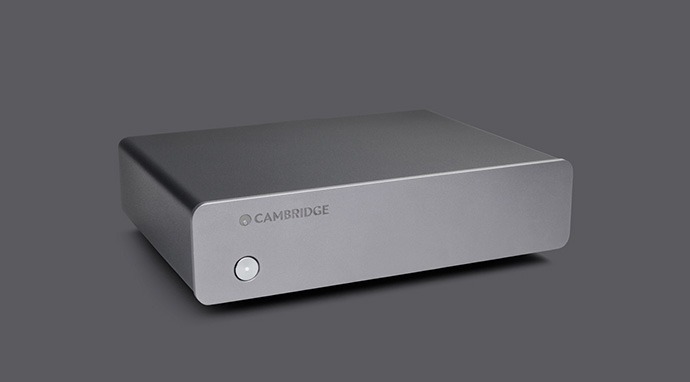
Cambridge Audio – Solo MM Phono Preamplifier Specifications:
- Maximum consumption: 10 W
- Gain: 39 dB
- Output voltage: 300 mV
- RIAA curve: +/- 0.65 dB 30 Hz – 20 kHz
- Signal / noise ratio: >90 dB
- Total harmonic distortion: <0.0025%
- Input impedance: 47 kΩ
- Input Capacitance: 100 pF
- Overload limit: >30 dB
- Listening: >85 dB
- Dimensions: 48 x 176 x 132 mm (WDD)
- Weight: 0.68 kg
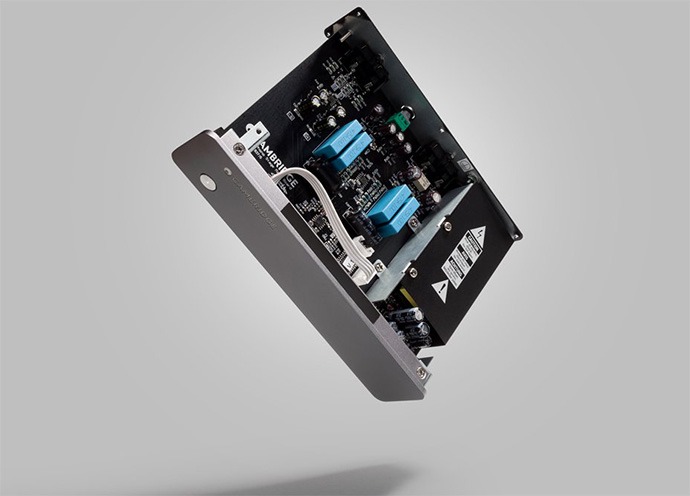
√ Check The Price and Read Customer Reviews √
Pros
- Nice fit and finish,
the case looks solid - Labels for the inputs
are written upside down
and right side up - Balance knob in the back
is useful if using a
built-in headphone amp
Cons
- After a few hours of use,
the unit began emitting low hum
Cambridge Audio – Duo MM/MC Phono Preamplifier Review
The Duo is an advanced MM/MC phono preamplifier designed with exceptional components that deliver a warm and detailed sound that is synonymous with a vinyl record.



- ✓ DESIGNED FOR VINYL – Cambridge Audio’s Alva Duo was designed to...
- ✓ ATTENTION TO DETAIL – The Alva Duo's switch mode power supply and...
- ✓ SUBSONIC FILTER & BALANCE CONTROL – The Alva Duo will even work if...
- ✓ HEADPHONE AMPLIFIER – Cambridge added a unique 6.35mm headphone jack...
- ✓ TECH SPECS - MAX POWER CONSUMPTION 10W, CARTRIDGE SUPPORT Moving Magnet...
The self-oscillating power supply works outside the auditory area and drastically reduces the buzzing noise and thanks to the surface mounting of the elements the noise is significantly quieter. An intelligent solution is the 6.35mm headphone jack which lets you enjoy listening to music from the record without disturbing your household members. Like Solo, a subsonic filter, balance control, and standby mode after 20 minutes of unused use have been installed.
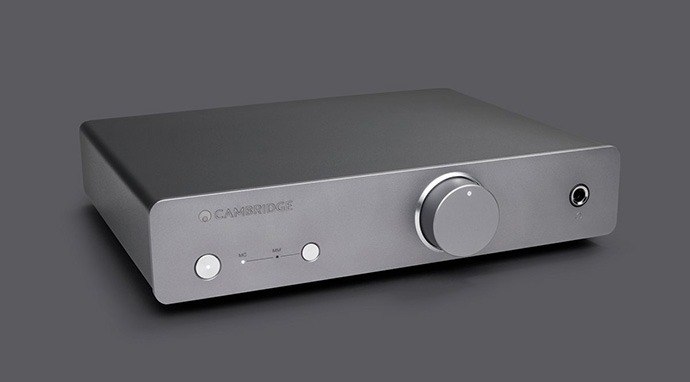
Cambridge Audio – Duo MM/MC Phono Preamplifier Specifications:
- Maximum consumption: 10 W
- Cartridge Support: MM and MC
- Gain: MM: 39 dB; MC: 60 dB
- Output voltage: 300 m
- Sensitivity: MM: 3.35 mV; MC: 0.305 mV
- Equivalent input noise: MM: ~ 0.09uV; MC: ~ 0.08uV
- RIAA curve accuracy: +/- 0.3 dB 30 Hz – 50kHz
- Signal/noise Ratio: MM: >90 dB; MC: >70 dB
- Total harmonic distortion: MM: <0.0025%; MC: <0.20%
- Input impedance: MM: 47 kΩ; MC: 100 Ω
- Input Capacitance: 100 pF
- Overload limit: >30 dB
- Listening: MM: >85 dB; MC: 75 dB
- Dimensions: 48 x 215 x 159 mm (WDD)
- Weight: 0.95 kg
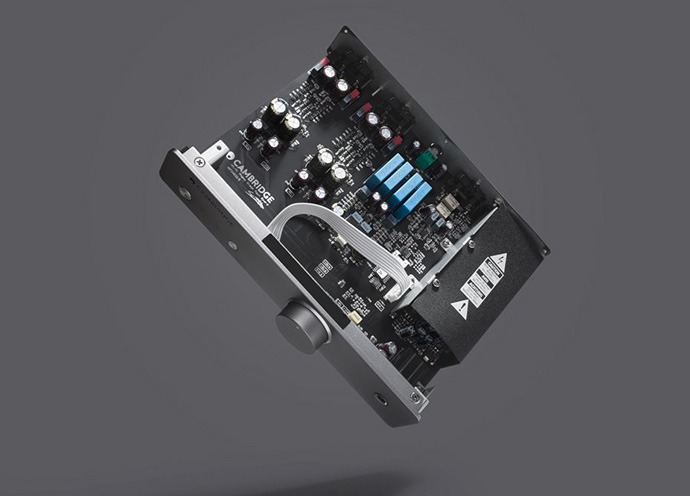
√ Check The Price and Read Customer Reviews √
Pros
- Good-looks, decent build,
impressive specs - Dynamic, detailed and pleasantly
warm-sounding
Cons
- Not the punchiest
phono stage around
Manuals for this great preamplifiers are here: Solo/Duo User Manual Download

